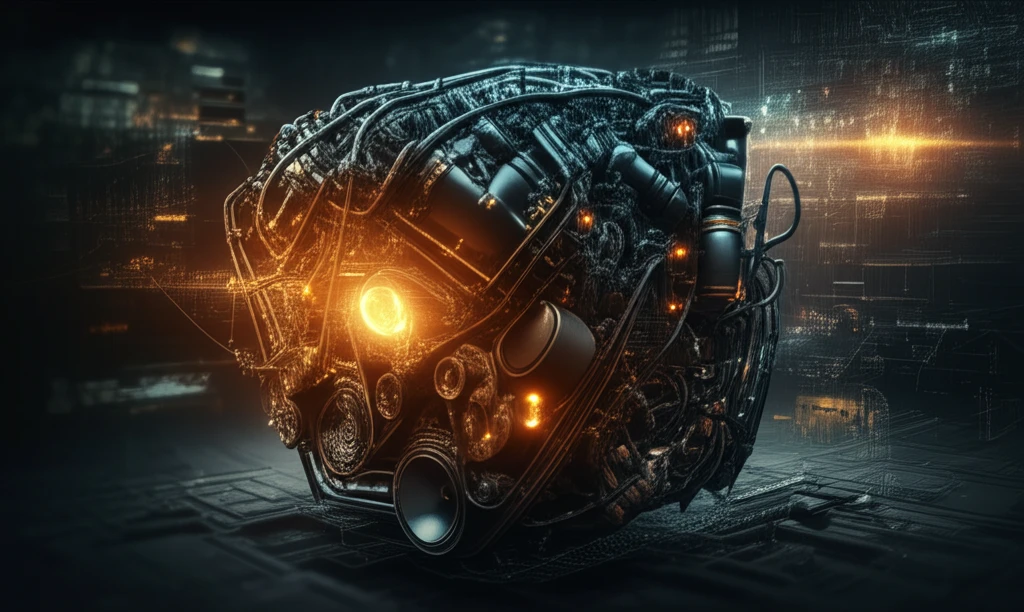
Unlock Engine Efficiency: A Guide to System-Level Simulation Models
"Optimize Performance and Predict Behavior with Advanced Engine Simulation Techniques"
In an era defined by sustainable energy and environmental consciousness, the automotive industry is undergoing a profound transformation. Modern engines, designed to meet stringent environmental standards, integrate a diverse array of technologies. From advanced turbocharging systems that minimize fuel consumption to sophisticated exhaust aftertreatment measures that optimize pollutant formation, today's engines are marvels of engineering complexity.
Amidst this complexity, computer simulation has emerged as an indispensable tool in the power train development process. System-level simulations, in particular, are crucial for integrating various domains such as the engine, drive train, cooling, exhaust aftertreatment, and control systems in a multi-physical manner. These simulations provide valuable insights during the early concept phase, where measurements are limited and models must rely on first-order principles and empirical approaches.
However, the effectiveness of system-level simulations hinges on the accuracy and consistency of the engine models employed. Traditional approaches often involve developing separate models for the concept and calibration phases, leading to inconsistencies and duplicated effort. A more streamlined approach is needed to ensure horizontal consistency across all development stages.
Decoding System-Level Engine Simulation Models

System-level engine simulation involves using computer models of varying complexity to predict engine performance and behavior. These models range from comprehensive, transient 1D cycle-resolved approaches to simpler, steady-state non-dimensional maps. Understanding the key features, data requirements, calibration effort, and predictability of each model is essential for selecting the right tool for the job.
- 1D Gas-Dynamic Models: These models offer a high level of fidelity, capturing transient gas dynamics in detail, but can be computationally intensive.
- 0D Gas Dynamic Models: These models simplify gas dynamics, reducing computational cost while still capturing essential phenomena.
- Mean Value Models: These models focus on average values, providing a computationally efficient approach for steady-state simulations.
- Surrogate Models: These models use data-driven approaches to emulate engine behavior, offering real-time capabilities for control design and calibration.
- Steady-State Map Based Engine Models: This involves the application of steady state engine maps can be seen as the simplest approach to describe the entire engine in a data driven manner.
The Future of Engine Design: Embracing System-Level Simulation
As the automotive industry continues to evolve, system-level engine simulation models will play an increasingly vital role in optimizing engine design, improving fuel efficiency, and reducing emissions. By carefully selecting the appropriate models and ensuring consistency across all development stages, engineers can unlock new levels of performance and sustainability.
